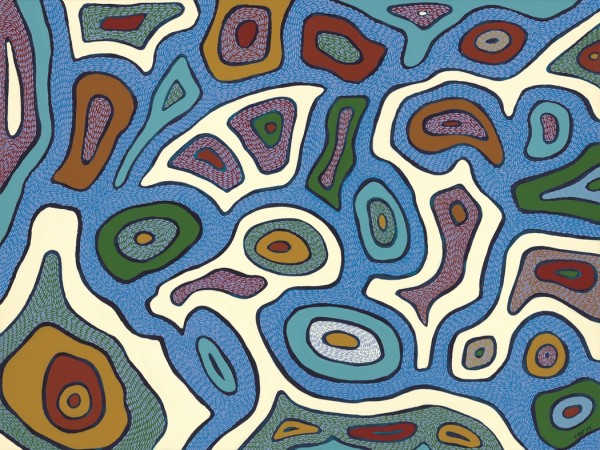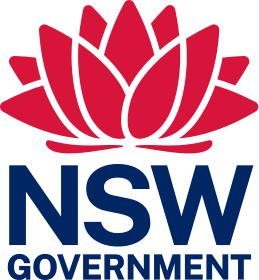
Transport Reconciliation Action Plan 2019-2021
Many of the transport routes we use today – from rail lines, to roads, to water crossings – follow the traditional Songlines, trade routes and ceremonial paths in Country that our nation’s First Peoples followed for tens of thousands of years.
That’s why we are very proud to present the inaugural Transport Reconciliation Action Plan 2019-2021 (PDF, 6.91 MB), which acknowledges and pays respect to the role of Aboriginal and Torres Strait Islander peoples as custodians of the lands where we work. This plan demonstrates our commitment to working towards reconciliation both within Transport and in communities across NSW.
Artwork to mark the launch of our Reconciliation Action Plan
When an organisation launches a RAP, it also commissions an artwork from an Aboriginal artist that becomes part of the RAP and is a cultural expression of our commitment to Reconciliation.
For our first RAP, we were very lucky to have Frances Belle Parker, a proud Yaegl woman, create our artwork, which is called “Our Songlines are Calling”.
Frances has had a stellar career, winning the prestigious Blake prize in 2000, making her the youngest ever winner and the first Indigenous recipient in the prize’s history. She has also been a finalist from 2005 to 2011 in the NSW Indigenous Parliament Art Award, and a finalist in the 2006 Telstra National Aboriginal and Torres Strait Islander Art Award.
“Our Songlines are Calling” by Frances Belle Parker
“‘Our Songlines are Calling’ is a painting which shows the strong importance of our Traditional Songlines when travelling through Country.
As Aboriginal people, we have navigated the Country for thousands of years and in that time our natural travelling routes became our Songlines, this is the country in which the landscape sang us home, singing, walking, meeting, sharing, celebrating were regular occurrences when we followed our Songlines. We listened to the Country and in return we were guided safely to our destination.
The view featured is an aerial view in a topographical mapping to symbolise various aspects of Country within NSW. The colours used are to represent the varying aspects of the landscape across NSW, the water which runs from numerous river systems towards the coastline, the bush, desert, and mountains. The small linear markings are representative of the tracks we made whilst we travelled our Songlines.”
Image

Image controls:
